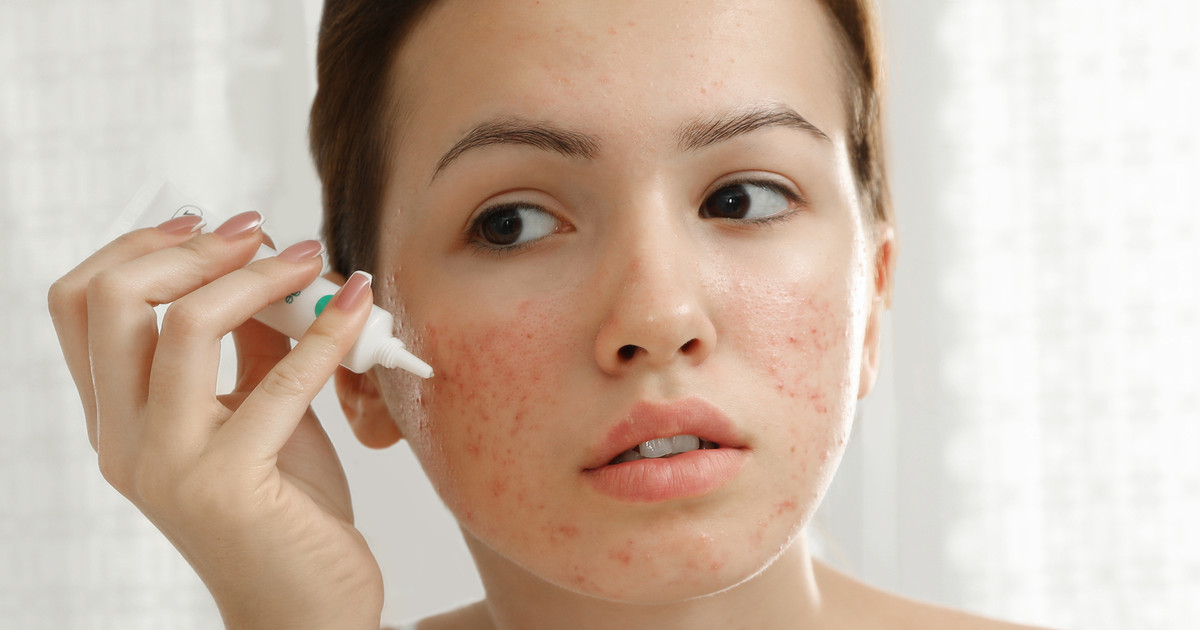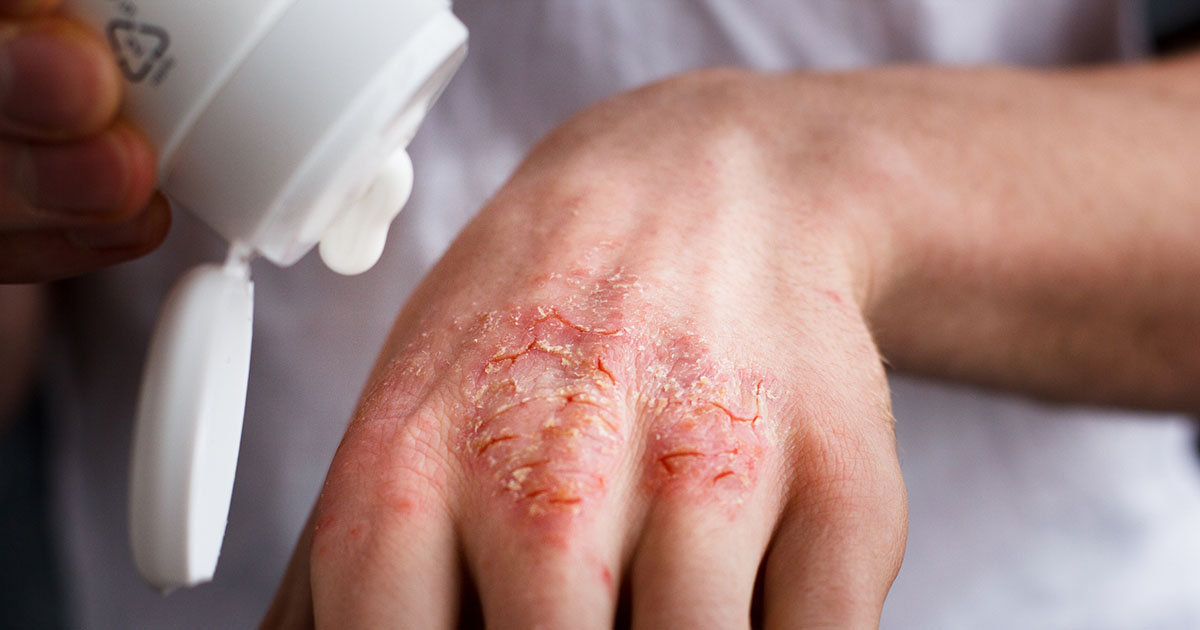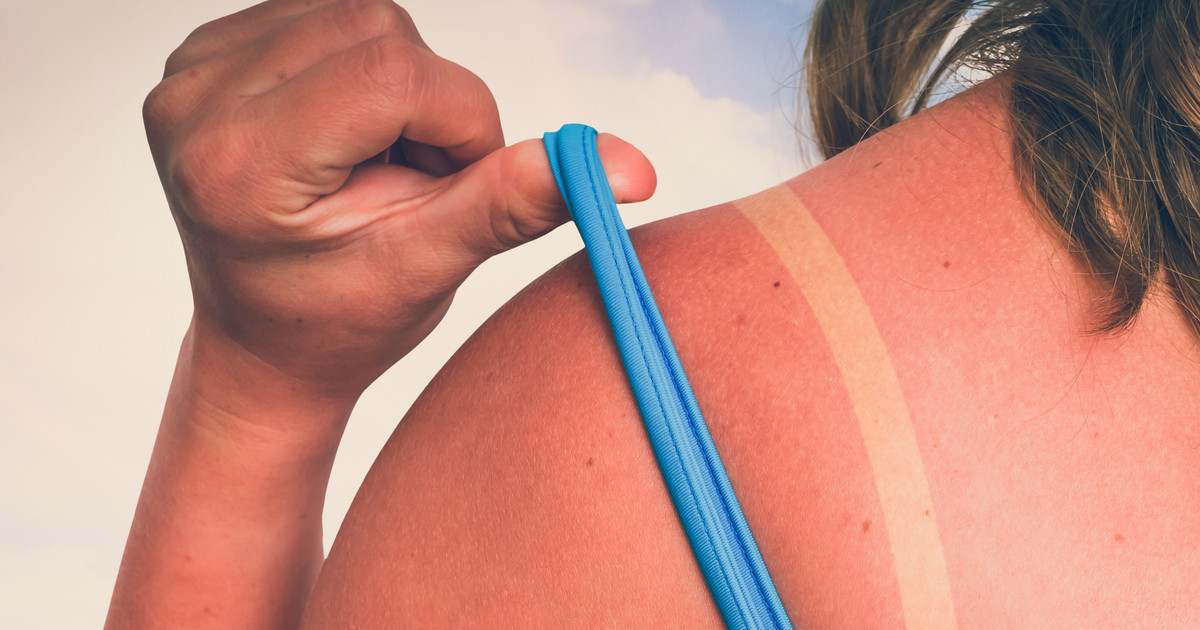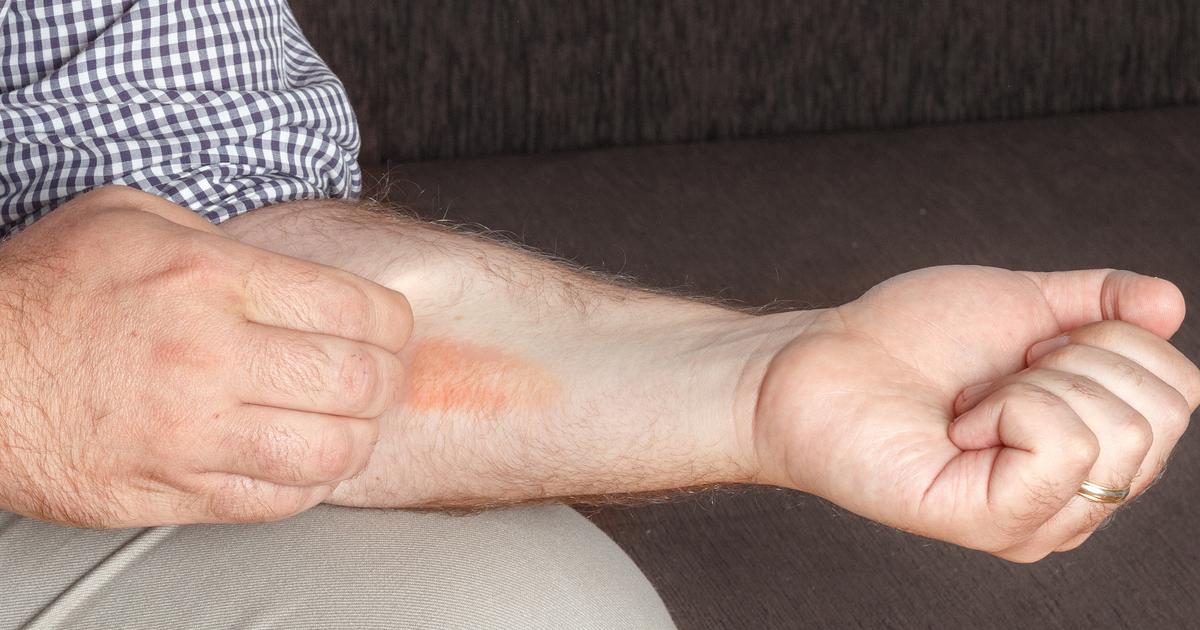Guide To Treating Common Skin Problems
There are many skin disorders, all of which can vary in severity and presentation. Some problems may be aesthetic only, rather than causing physical symptoms. Others can lead to painful symptoms like rashes, itching, sores, and infections. Some skin disorders are temporary, while other conditions can be permanent or chronic with recurring flare-ups. The cause of skin disorders can also vary widely. Some are the result of environmental factors, while others may be due to genetics or an autoimmune response.
The best treatments for skin conditions vary depending on the condition. For instance, some patients will need prescription medication for acne. Adapalene gel is another common treatment, along with prescription tretinoin and over-the-counter retinol. However, eczema treatment is different, and treatment for rosacea has other considerations as well. Of course, sunburn treatments are very different and often not as intense. Ultimately, patients must understand common skin conditions before embarking on treatments.
Acne

Many over-the-counter products are made to treat acne. In many cases, these can help clear breakouts by unclogging the pores and removing dirt and debris from existing breakouts. However, over-the-counter products do not work for everyone. There is often a genetic component to acne that relates to how an individual's hormones affect their skin. Dermatologists can help treat acne by looking at their patient's skin, determining the cause of the breakouts, recommending lifestyle changes, and filling out prescriptions. Dermatologists can also help individuals avoid acne scarring and help reduce the appearance of existing scars.
Prescription medications for acne help reduce swelling in the face and decrease oil production. Excess oil can lead to clogged pores, which are causes of acne for some individuals. Antibiotics may also be used to help with bacterial infections. Prescription drugs often take several weeks to show results for acne. In addition, a patient's acne may temporarily worsen before getting better, which is a process often referred to as 'purging.' Azelaic acid is often used because of its antibacterial properties. Another treatment is salicylic acid, which prevents plugging of the follicles. Topical dapsone gel may be recommended for patients with chronic inflammatory acne.
Rosacea

Unfortunately, there is no cure for rosacea, and the condition is considered chronic. However, some treatments can help control ongoing symptoms. Treatment regimens tend to rely on a combination of prescription medications and at-home skincare. Some patients will need ongoing treatment for long periods, while others may only need to treat the occasional flare-up. It is common for the condition to recur after an initial flare-up ceases.
Several types of medication can treat rosacea. First, there are topical ointments designed to reduce redness in the skin. Patients can apply them to their skin if their rosacea symptoms are mild or moderate. They constrict the blood vessels temporarily so that the redness is not as prominent. If a patient's rosacea is more severe and includes pimples or bumps, their doctor may order a course of oral antibiotics. This helps clear up any bacterial infections that are related to the condition. Finally, doctors may sometimes prescribe isotretinoin if a patient's flares cause symptoms similar to acne.
Eczema

Eczema is a chronic skin condition that does not have a cure. However, there are available treatments, and many new treatments are in the research stage. The proper treatment will vary depending on the patient's symptoms, the severity of their condition, and specific eczema type. A dermatologist can help determine the best course of action. Individuals can purchase over-the-counter remedies and make certain lifestyle changes, and their doctor can prescribe medications as well.
The first step to treating eczema effectively is to know what triggers flare-ups so that patients can address it. Eczema patients need to have a routine for moisturizing their skin. Moisturizing after showering is often helpful, since the shower can dry the skin. Individuals should use both over-the-counter and prescription medicines consistently according to the guidance of their doctor. They should also monitor existing flare-ups for any signs of infection, such as heat or pus. When symptoms do occur, patients must avoid scratching their itchy skin. It is also ideal for them to avoid touching items that may cause skin irritation. While not everyone can avoid flares entirely, doing these things helps make the condition more manageable.
Sunburn

Sunburns can be very painful and increase an individual's risk of skin cancer. Preventative measures like sunscreen are essential. If individuals do get a sunburn, though, there are treatments. It is best to begin treating an affected area immediately instead of waiting. Individuals must make sure that they stay indoors, or at least stay out of the sun. They can take a cool shower or bath to ease the pain of the burn. Moisturizers are also essential, as the skin can become dry and cracked. A moisturizer with soy or aloe vera is ideal for sunburns because these ingredients help soothe the skin.
Individuals can use over-the-counter pain medication, such as ibuprofen, to ease the pain and reduce inflammation and swelling. It is also a good idea for individuals to drink more water, as sunburns cause fluid to be drawn toward the skin and away from their body. When the sunburn is bad enough to blister, individuals should not pop the blisters. Instead, they must allow them to heal naturally. Blisters are the skin's natural defense against potential infection.
Contact Dermatitis

Contact dermatitis can often be treated with home remedies, though there are medical options available as well. The most important thing is for patients to identify the source of the irritation and remove it from their environment. This will help their skin stop flaring. Ongoing contact dermatitis can be controlled with prescriptions. For instance, there are steroid ointments patients can apply to their affected skin. These suppress immune activity in the area, thereby reducing symptoms.
If a patient's symptoms are severe enough, they may be prescribed a course of antibiotics for infection, corticosteroids for inflammation, or antihistamines to reduce itching. Many anti-itch creams are also available at the pharmacy without a prescription. The most common one used for contact dermatitis is hydrocortisone. Finally, patients can moisten a washcloth and hold it to their skin for a half hour to help soothe the irritated area.
